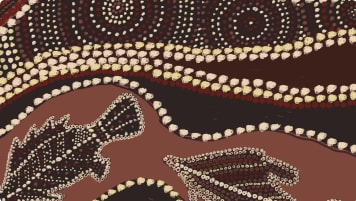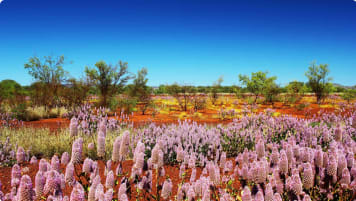Cape York
Article supporting a small group exploring far North Queensland and outback Australia including indigenous history and key places for first Australians in Queensland. An Antipodean travel company serving World Travellers since 1983 with small group educational tours for senior couples and mature solo travellers.
1 Feb 22 · 10 mins read
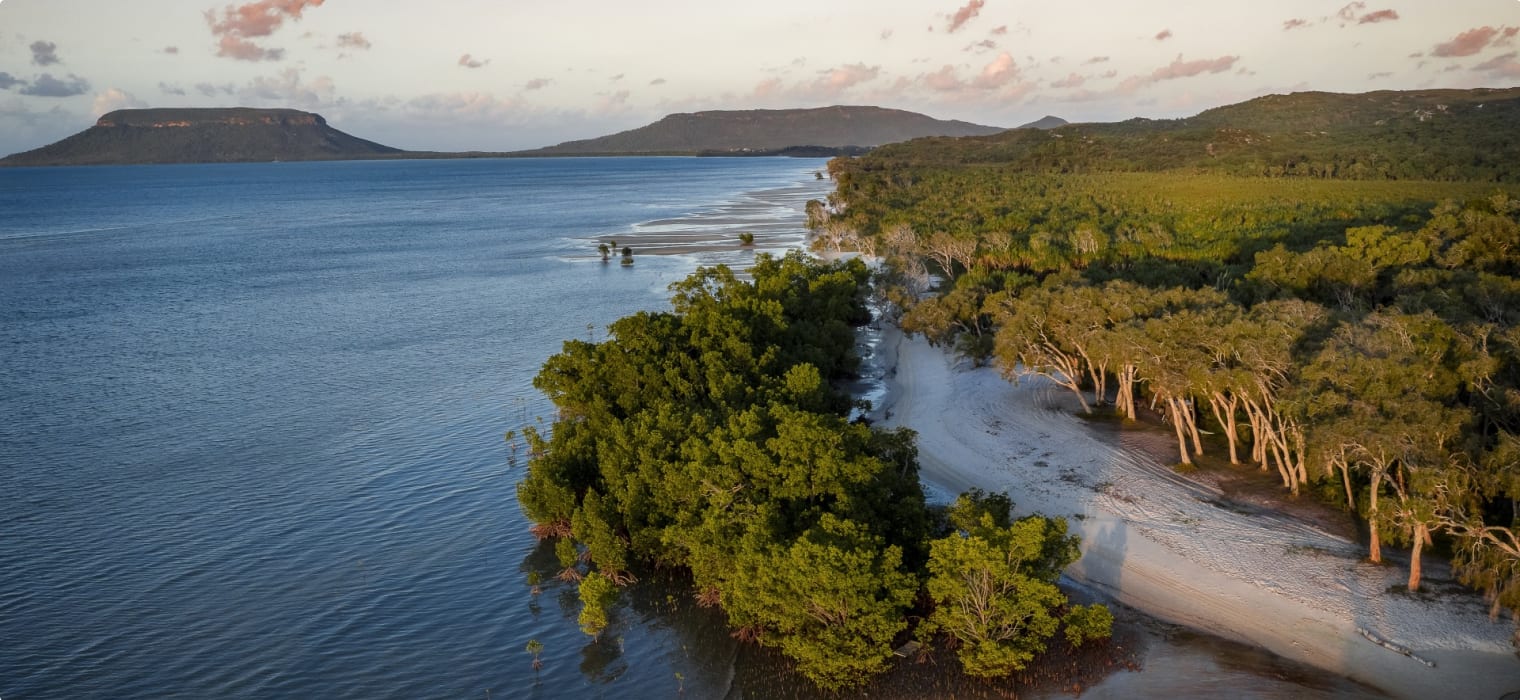
Cape York
Cape York Peninsula, located in Far North Queensland, is the northern-most extremity of Australia. Consisting of an area of about 220,000 sq km, the landmass extends northwards into the Torres Strait, surrounded by the Gulf of Carpentaria to the west and the Coral Sea to the east. It is renowned for its vast areas of unspoiled wildness, including eucalyptus-wooded savannahs, tropical rainforests, rugged mountains, large sand dunes, perched lakes, and more, all preserved for their global environmental significance.
Indeed, European development has not been as extensive here as in the rest of the country. While they have known about it since the 17th century, with James Cook mapping the coast, Matthew Flinders and the Baudelaire of France tracking the coast for the Europeans. It is is believed from archaeological finds that the Chinese where also in the region long before the Europeans. It is only in the last 150 years that they have managed to traverse its difficult terrain and begun to develop industries, establishing communities, pastoral stations, and later mining towns. Before their arrival, however, Aboriginal and Torres Strait Islanders custodians cared for the land here for tens of thousands of years. In recent years, their rights to ownership have finally been recognised, with an ongoing process that has returned thousands of hectares of land.
This article explores Cape York’s human history, from traditional ownership to European exploration and occupation, to the eventual returning of land. It is intended as background reading for Odyssey Traveller’s small group tour for mature and senior travellers: Cape York and Torres Strait explored by air. During this Cape York adventure, we visit various locations of outback Queensland including Weipa, Cooktown, Thursday Island, Horn Island, Winton, and Carnarvon Gorge, to learn about local culture and Indigenous and recent history.
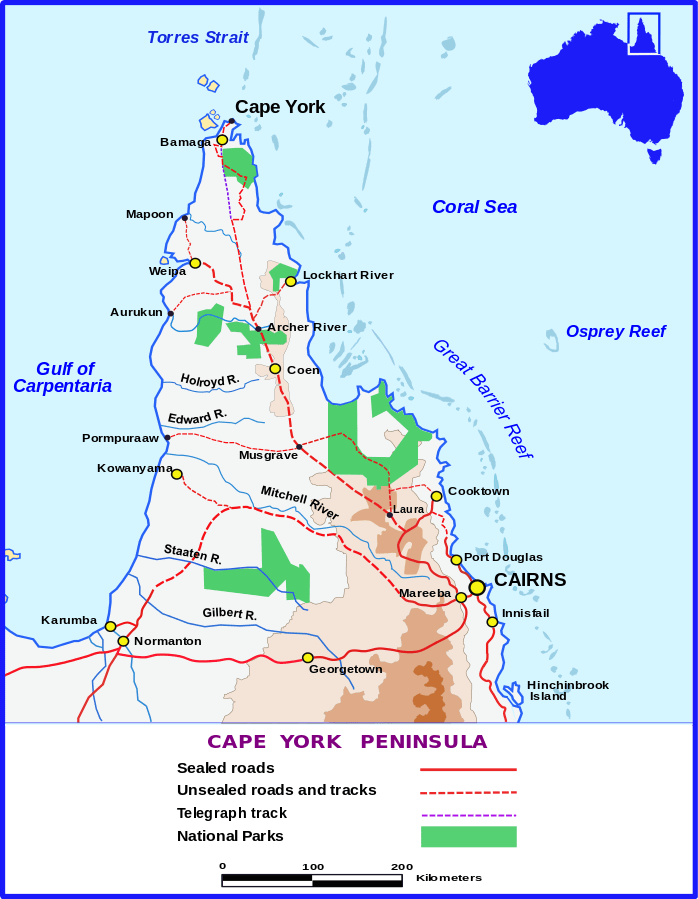
Aboriginal and Torres Strait Islander Cultures
Cape York Peninsula is renowned for the survival of strong and rich Indigenous culture. Aboriginal people have occupied the land of Cape York for over 40,000 years, with traces of their past evident across the region. Shell middens can be seen around Weipa, for example, and there ae many sacred places such as the significant rock art galleries at Split Rock, Laura.
Torres Strait Islander peoples have also historically inhabited the region, although arriving much later – around 1,000 years ago. These Indigenous peoples, who have a unique culture different from the Aboriginal people, occupy the islands of the Torres Strait and the northern most coastal tip of mainland Cape York.
The population of Aboriginal and Torres Strait Islander people is estimated to have been between 250,000 and one million people when Europeans first arrived in the region. Today, there are over fifty different Aboriginal clans and five different Torres Strait Islander groups, each with their own language and culture.
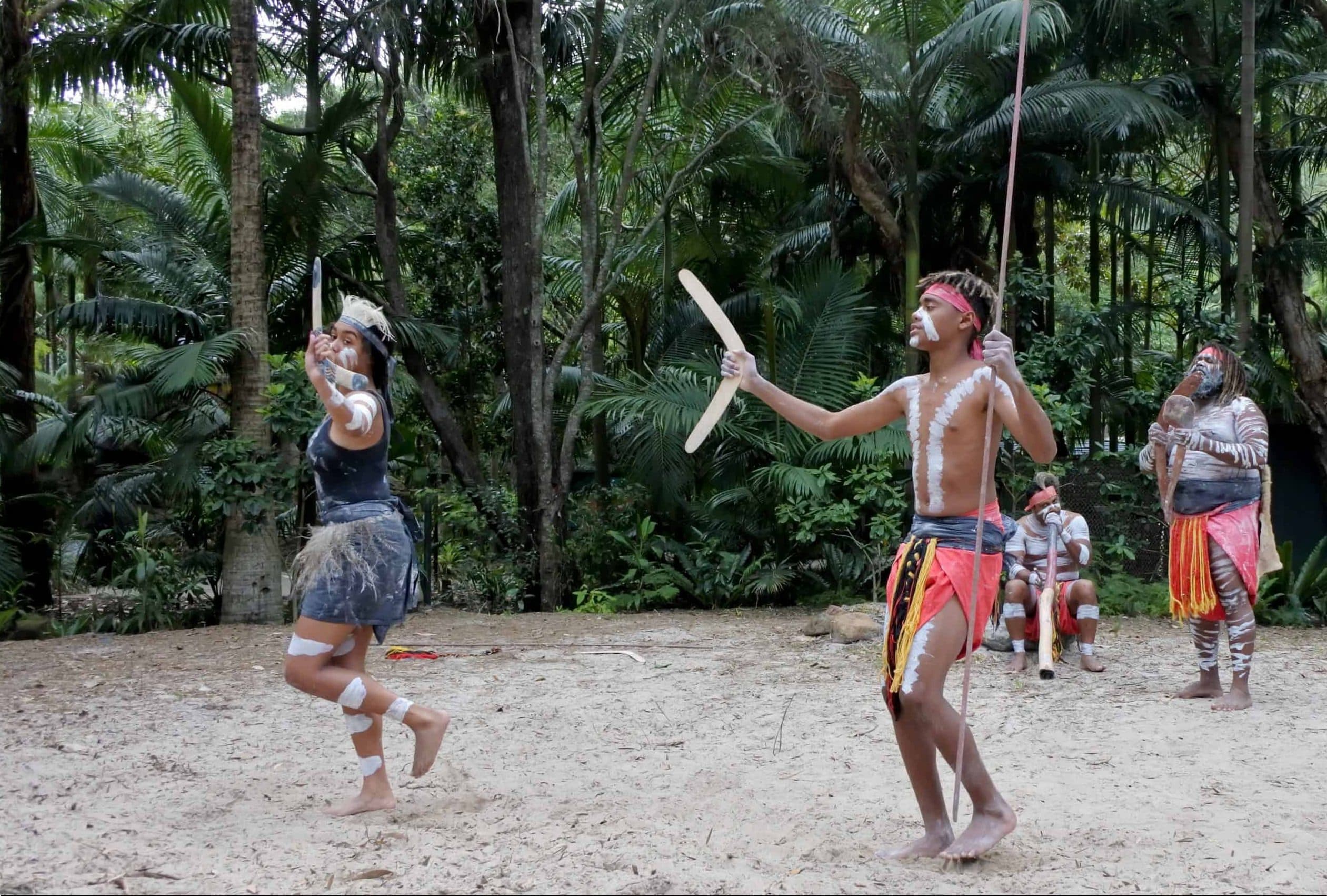
European Maritime Exploration
The first known European to land on the shores of Cape York, and indeed the Australian mainland, was the Dutch navigator Willem Janszoon. While employed by the Dutch East India Company to explore along the southern coast of New Guinea for commercial resources, Janszoon landed near the site of what is now Weipa on Cape York Peninsula’s western shore in February 1606. This also marked the first reported contact between European and Aboriginal Australian people.
Abel Tasman then arrived in 1644 to chart the west coast, naming the peninsular Carpentaria Land. This was later renamed by Captain James Cook to its current name, after Prince Edward, Duke of York and Albany.
Cook did so when he landed here in his ship the Endeavour in 1770. However, he and his crew almost didn’t make it. On the way, his ship was run aground on the Great Barrier Reef, seriously damaging its hull. In order to save it from sinking, all the crew and stores had to be offloaded so Cook could sail it into the closest river for repairs. Only seven weeks later were repairs of the hull completed and the crew could continue their northward course, rounding the tip of the cape.
The navigator Matthew Flinders then continued the exploration of Cape York’s western coast with his ship the Investigator during his full circumference of the continent in 1802-03. In doing so, he created detailed maps of the coastline and noted the laterite deposits that would later be developed into large scale bauxite mining around the area known today as Weipa.
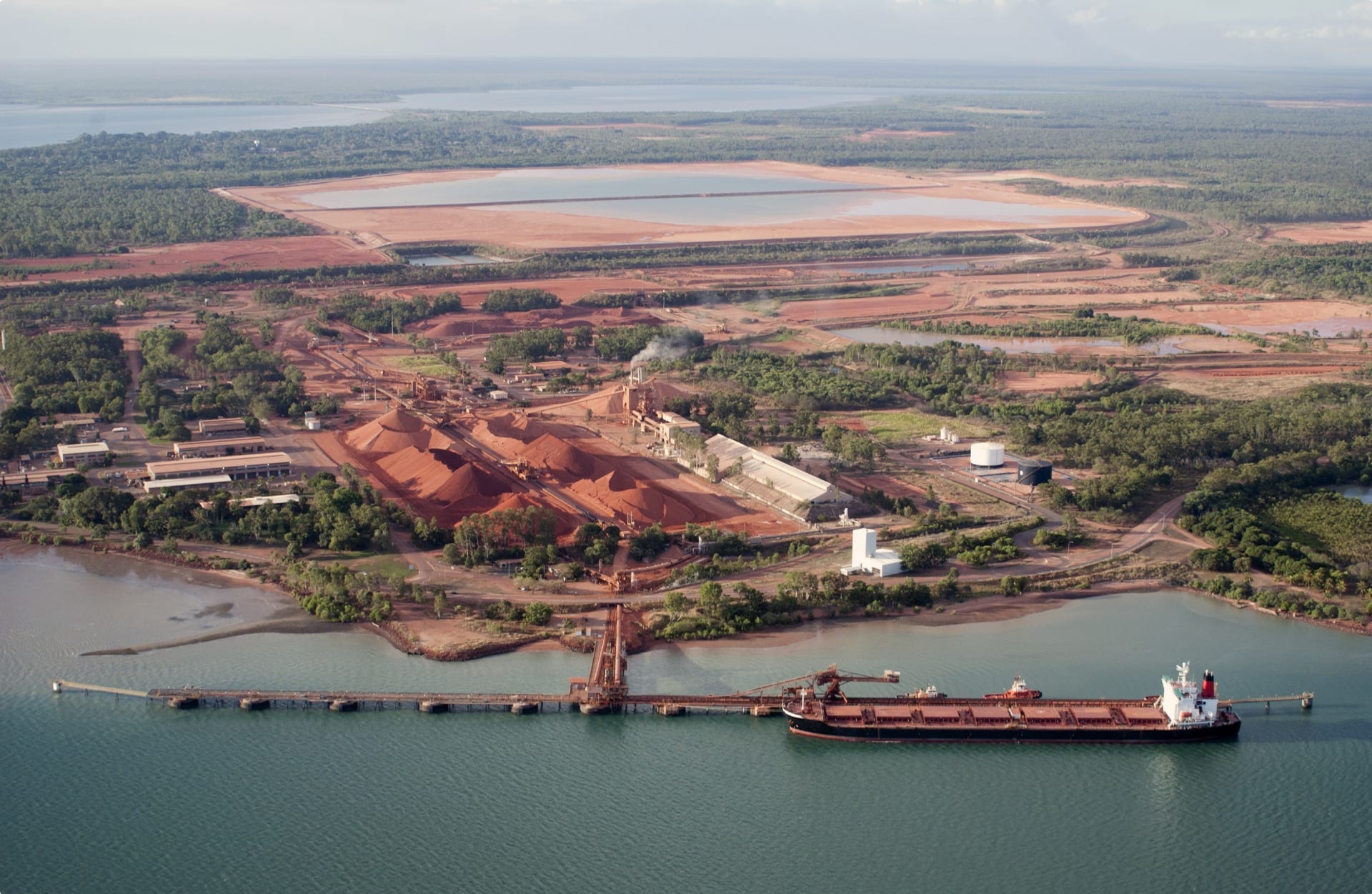
Exploration by Land
Edmund Kennedy was the first European explorer to attempt to navigate to the tip of Cape York Peninsular overland in 1848. Setting out from Rockingham Bay near the present town of Cardwell, his aim was to establish a route for the potential establishment of a port for trade with the East Indies.
His exploratory expedition, however, would turn out to be one of Australia’s deadliest. Of the thirteen members of his party, only three survived, the others dying of fever, starvation, or by the spears of hostile Indigenous people. Kennedy himself died of spear wounds within sight of his destination. The Aboriginal guide Jacky Jacky was the only one to actually complete the journey, before leading a party to rescue the other two survivors who were unable to continue.
It wasn’t until March 1865 that the top of the peninsula was finally reached overland by Europeans. The two men responsible for the feat were the brothers Francis Lascelles and William Jardine, along with eight companions, overlanding cattle from Rockhampton to the new settlement of Somerset. This was no easy feat, however, with the men losing most of their horses and many of their stores along the way and fighting several battles with Aboriginal people.

The pastoralist William Hann followed next to lead the next major overland exploration of Cape York Peninsula in 1872. With seven other men, Hann set out to determine the agricultural and mineral potential of the peninsula, encouraged by recent gold finds in Queensland. The party set out in late June 1972, but after only a few days things started to go wrong.
First, the camp was nearly destroyed by a dry grass fire caused by a dropped live match. Then, Hann’s prismatic compass was lost, and a prized riding horse which hadn’t been secured properly fled with six of their sheep. A few days later member of the party lost Hann’s gaiters, partially burnt his pistol case, and left the remaining compass too close to the fire. Hann was furious and, determining incorrectly that no gold would be found, considered abandoning the expedition.
If a young Girramay man called Jerry hadn’t joined as a member of the expedition, they would have been doomed. Jerry was knowledgeable of the Aboriginal trade routes linking southern parts of Cape York Peninsula with Princess Charlotte Bay and areas to the coast. He was able to speak three of the of the major Indigenous languages of south-east Cape York Peninsula. He thus was able communicate with local groups to avoid potential conflicts, while guide the expedition along the existing routes to their destination. Along the way, Hann identified new pastures and discovered traces of gold on the Palmer River, southwest of present day Cook Town.
The Development of Industry
Shortly after Hann’s expedition, a man named James Milligan also found gold on the Hodkinson River, west of Cairns. Within months 20,000-plus prospectors from around Australia and the wider world had flowed to the region to try and make their fortune on newly established mines. With this, the Cooktown and Cairns settlements were founded to supply the mines and export discovered gold. Cairns then also served as the port for exporting tin, following the metal’s discovery nearby in 1875.
Small scale mining and the cattle industry kept Cape York’s economy afloat during the early 20th century, before it began to rapidly increase during Second World War. During this time, aerodromes and military efforts were constructed in the region, and dairy and vegetables grown in the Tablelands inland from Cairns supplied thousands of American military personal with fresh food. With the economy booming, infrastructure was further developed, including public transport which made the region more accessible.
In the 1960s Brahman cattle was introduced to the region, soon to become the mainstay of the pastoral industry here, thriving in the tropical climate and meeting the high demand from the American market. The raising of beef cattle remains the chief occupation here today. The 1960s also saw the beginning of large-scale bauxite mining in the region, with production of rich deposits in Weipa contributing to and sustaining the population still today.
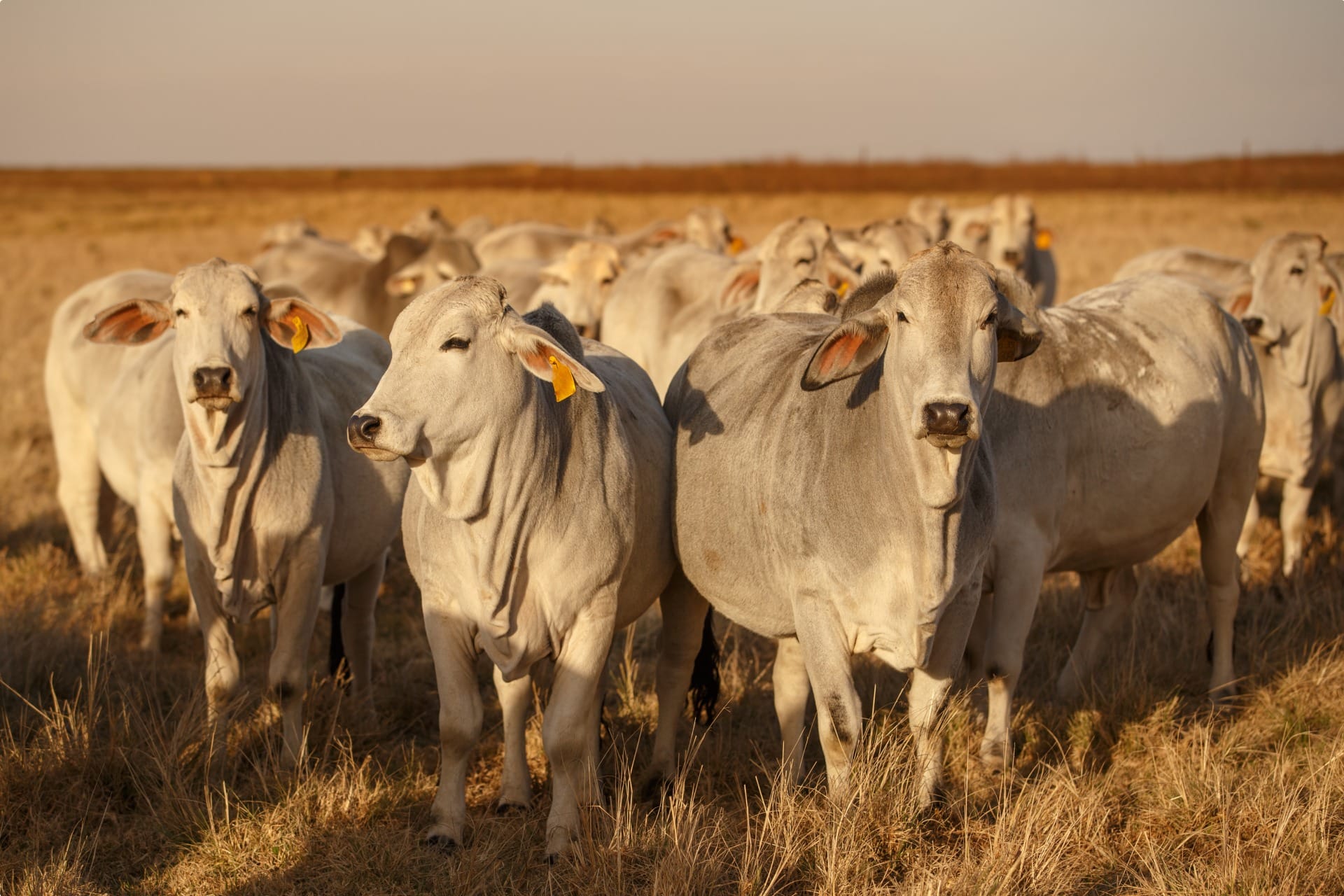
Tourism is also a major industry. It has grown especially since the end of the Second World War, when more frequent air services allowed easier access to the region. These days around 80,000 tourists visit each year, with roughly 60,000 journeying to Cooktown and the lower peninsular and the other 20,000 heading to the tip of the peninsular.
Popular tour attractions include the Great Barrier Reef, Daintree National Park, Jardine River National Park, Cape Tribulation, Cape Weymouth, Fruit Bat Falls, Frangipani beach, Black Mountain, the Old Telegraph track, and Thursday and Horne Islands in the Torres Strait, amongst yet many more places. Cape York camping, hiking and bushwalking, kayaking, fishing, and four wheel drive off road adventures are all popular activities.
An abundance of Aboriginal sites also makes for popular tourist attractions. The UNESCO heritage-listed Split Rock art galleries in Laura, for example, is one of Australia’s most significant sites. Here uniquely well-preserved paintings depict the ancient stories of mythical “Quinkans”. Believed to be between 15,000 and 30,000 years old, they provide visitors with a connection to Australia’s deep past. And, with traditional custodians regaining thousands of hectares of their land in recent years, other sites have also opened for tourism under their ownership and guidance.
Returning Indigenous Land
As Europeans settled in Cape York, they dislocated the traditional Indigenous owners and disrupted their way of life. Stock trampled prime land, native food sources were scattered, and watering places were taken or polluted. Defending their land, Indigenous groups engaged sophisticated guerrilla war tactics against squatters, travellers, and shepherds. In retaliation, the Europeans, with their superior weapons and use of the notorious native police, killed large numbers of Indigenous people.
Since then, on back of decades of campaigning, the Queensland government has come to recognise the significant natural and cultural value of large swaths of Cape York to its Indigenous peoples. Through the Cape York Peninsula Tenure Resolution Program, over 3.85 million hectares of land has been returned to 27 Aboriginal land holding entities, allowing traditional owners to return to live on their country. As a result, there are now 32 Aboriginal-owned and jointly managed national parks on the Cape York Peninsula.
The Wuthathi people, for example, regained legal ownership of 118,000 hectares of their homeland, including the white sands of Shelburne Bay, in December 2016. This followed decades of the people resisting and campaigning alongside environmental groups against plans to exploit the region for cattle grazing and sand mining. The Wuthathi people’s land, a third of which has been turned into three national parks, has been described as “a magical place”. The last undisturbed landscape of its type in Australia, it includes sandy snow-white dunes, rainforests, wetlands, and lakes, all host to a plethora of sacred sites.

The Wuthathi also joined the Kaku Yau and Northern Kaanju people to regain legal ownership of 160,000 hectares in the cape’s remote north-east in May 2017. The area includes Temple Bay, which in 1986 became the proposed site of the Cape York international spaceport, sparking the ‘battle for Bromley’, a pivotal moment in the land rights movement on Cape York. As the result of a fierce campaign of resistance from traditional owners and conservationists, investor support for the spaceport collapsed and the plan was abandoned in 1992. Now finally, traditional ownership has been recognised, with 51,000 hectares devoted to national parks.
The process of returning Cape York land to its traditional owners continues today. Meanwhile, in cases where land still remains under private ownership, Queensland’s Aboriginal Cultural Heritage Act requires property owners to ensure their activities to do not harm important Indigenous cultural sites. Failure to uphold this responsibility has led to legal disputes in recent years, including over such issues as the risk posed to sacred Olkola people burial sites by land clearing on Kingvale Station in 2018. Cases such as this show that struggles to regain and protect traditional lands and cultural sites are still ongoing.
Nevertheless, the land that has been returned has provided a means for traditional custodians to take control of their own destinies through employment opportunities in land management, tourism, grazing, hospitality, and a range of skilled trades.
Cape York Tour
Join Odyssey Traveller on our tour of Cape York and Torres Strait explored by air. This air charter small group tour takes the senior traveller from the south to the absolute north of mainland Australia to tropical Queensland at Cape York, visiting Weipa and the historic Cooktown, as well as Thursday and Horn Islands, part of the Torres Strait Islands chain.
The itinerary of this air charter service is developed in consultation with experienced pilots to provides a multi-day collection of scenic flight travel experiences and unique places to stay. This air charter tour is not about taking the traveller to Cairns, Port Douglas, the Great Barrier Reef, or the Daintree Rainforest, but about facilitating a guided tour to places that are difficult to reach, yet are stepped in Torres Strait Island and Aboriginal history with a colonial history overlay.
On our way to and from Cape York, we also visit a number of scenic, historic, and cultural locations in Queensland, such as the stunning Boodjamulla (Lawn Hill) National Park and Sweers Island; Birdsville the ‘quintessential Australian outback town’; Winton and its fascinating dinosaur museum; and home of the finest Aboriginal rock imagery to be found in Australia at Carnarvon Gorge.
Odyssey Traveller has been serving global travellers since 1983 with educational tours of the history, culture, and architecture of our destinations designed for mature and senior travellers. We specialise in offering small group tours partnering with a local tour guide at each destination to provide a relaxed and comfortable pace and atmosphere that sets us apart from larger tour groups. Tours consist of small groups of between 6 and 12 people and are cost inclusive of all entrances, tipping and majority of meals. For more information, click here, and head to this page to make a booking.
Articles about Queensland published by Odyssey Traveller:
- Aboriginal Sites of Importance in Outback Queensland
- Historic Railway Stations of Rockhampton
- Birdsville and the Birdsville Track
- Brisbane, Queensland
- Barcaldine, Queensland
For all the articles Odyssey Traveller has published for mature aged and senior travellers, click through on this link.
External articles to assist you on your visit Outback Queensland:
Related Tours
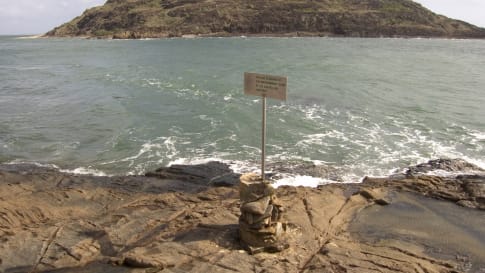
14 days
Oct, Jul, SepCape York and Torres Strait explored by air
Visiting New South Wales, Queensland
Escorted small group air tour of Torres strait islands, Cape York, Winton, Carnarvon Gorge. Learning about local culture and Aboriginal history.
From A$22,995 AUD
View Tour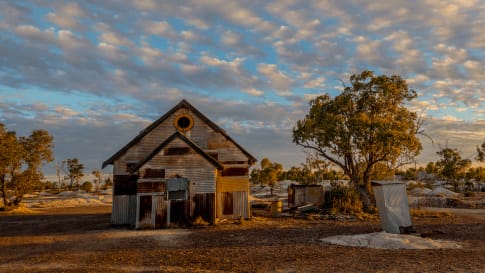
days
Mar, Apr, May, Jul, Aug +2Small group tour of outback Queensland
Visiting New South Wales, Queensland
To Dubbo and back, this small group tour takes you to learn about the Brewarrina fish traps, we travel high up into North Queensland to see the Dinosaurs of Winton and incredible Aboriginal rock art at Cathedral gorge and learn about opal mining and the history of Lightning ridge.
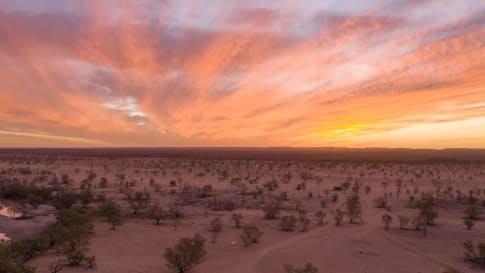
days
May, Jun, Jul, Aug, Sep +2Small group tour of Queensland
Visiting Queensland
On this Queensland Outback small group tour we travel west from Brisbane all the way to Birdsville then continue high up into North Queensland to see the Dinosaurs of Winton and incredible Aboriginal rock art at Cathedral gorge.
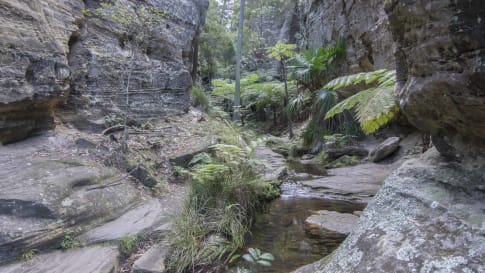
days
Feb, Mar, May, Jun, Jul +3Small group tour of Queensland - 11 days
Visiting Queensland
To short break in Queensland's Outback is a small group tour taking for a glimpse of the landscape and history of the state. We you to learn about the Carnavorn Gorge, and also we travel high up into North Queensland to see the Dinosaurs of Winton and incredible Aboriginal rock art at Cathedral gorge.
Related Articles
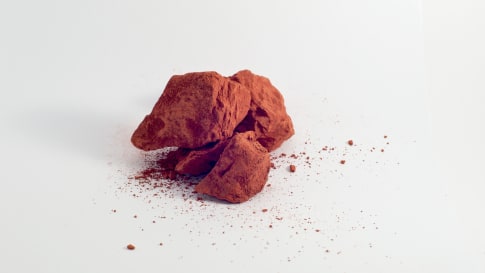
Aboriginal Ochre Trade
Article for small group travellers to learn about ochre in the historic Aboriginal community of outback Australia. Mature and senior travellers explore the deep history and trading routes of Aboriginal History.

Aboriginal Sites of Importance in Outback Queensland, Australia
Outback Queensland is hiding a number of unforgettable indigenous experiences on this small group tour for senior travellers. Especially at the Brewarrina Fish Traps, and Carnarvon Gorge, for example where you can experience and learn about dreamtime creation stories, age-old cultural practices and traditions, and Aboriginal art.
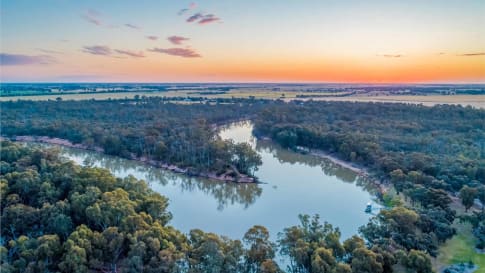
Appreciating Australian River Systems
Appreciating the linking of the river network into the Australian, history, culture and landscape on a small group tour for mature and senior travellers of couples or solo travellers is an integral part of understanding the continent of Australia and Aboriginal settlement.

Bora Rings: Ancient Aboriginal Ceremonial Grounds
Article for mature and senior travellers, couple or solo joining an Aboriginal history small group tour of Australia. Small groups of like minded people exploring outback Australia, colonial history and Landscapes.

Historic Railway Stations of Rockhampton, Queensland
Article explores the expansion the railway stations in Queensland. History explored on a small group tour for seniors for couples and solo travellers curious about the outback Australia. Enquire today to secure your places.

The Arrival of Aboriginal Australians on the Continent
Tracing Aboriginal history via an outback small group tour for mature and senior couples or solo travellers provides an intriguing learning platform about Australia, rock art, trading and culture that traces a history possibly some 120,000 years ago.

The Australian Outback: A Definitive Guide
Explore learn and consider what is the outback in this article. For mature and senior travelers considering joining a small group package tours into the outback to see, learn and explore about this unique place, not only the landscape but the Aboriginal approach to living. On each of the tours for couples and the single traveler you learn something different but fascinating, from Outback Queensland, the Flinders, Broken Hill and the Kimberley and the wildflowers all contribute to this question, what is the outback?

The Burke and Wills Expedition, 1860-61
Learn on a small group tour of central Australia for active mature or senior travellers from Broken hill about Burke and Wills ambitious expedition. Suitable for mature aged couples or solo travellers.
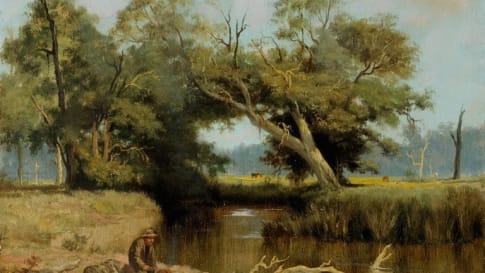
Winton and Dinosaurs, Queensland
Small group tour for senior and mature travellers to Outback Queensland includes Winton and its Dinosaurs as well as Longreach, Cathedral Gorge and Aboriginal art, & Barcaldine.
